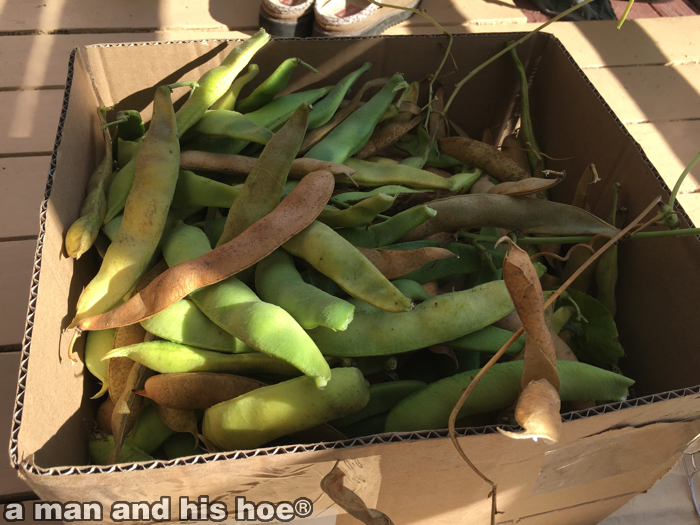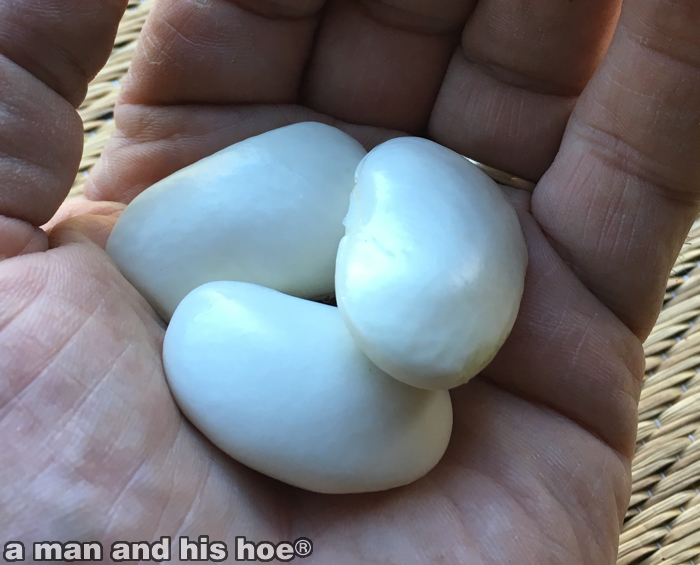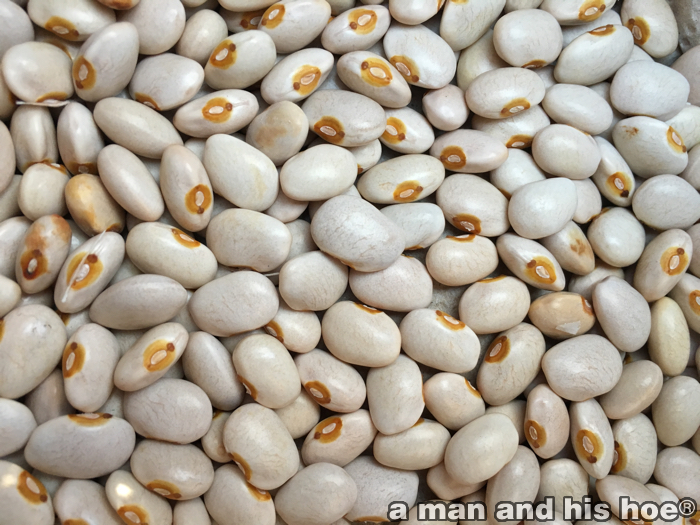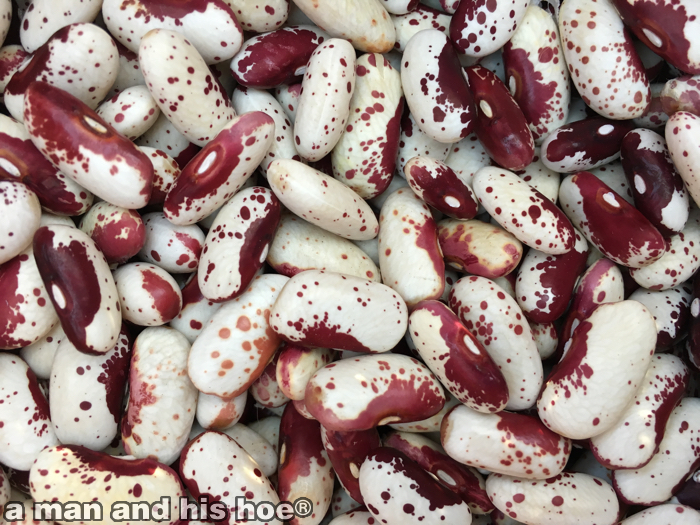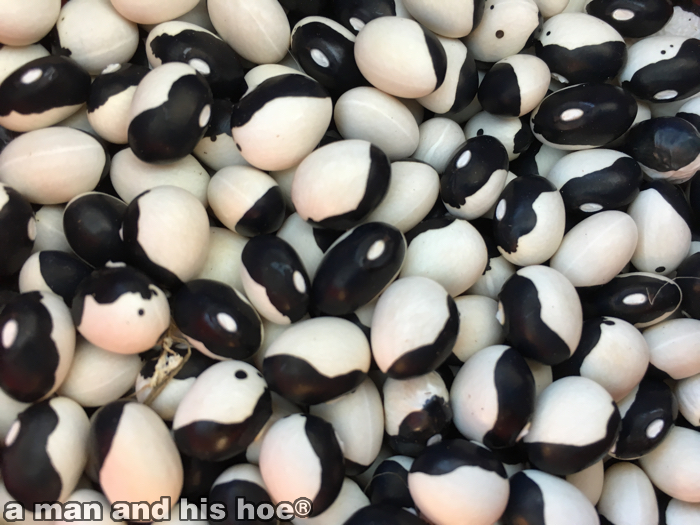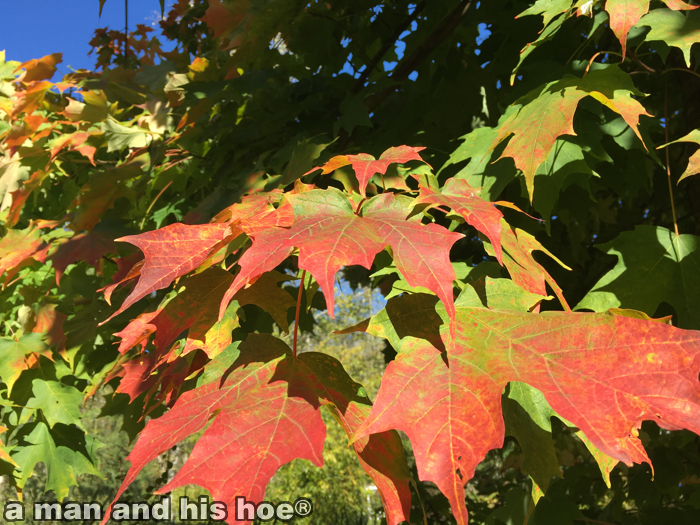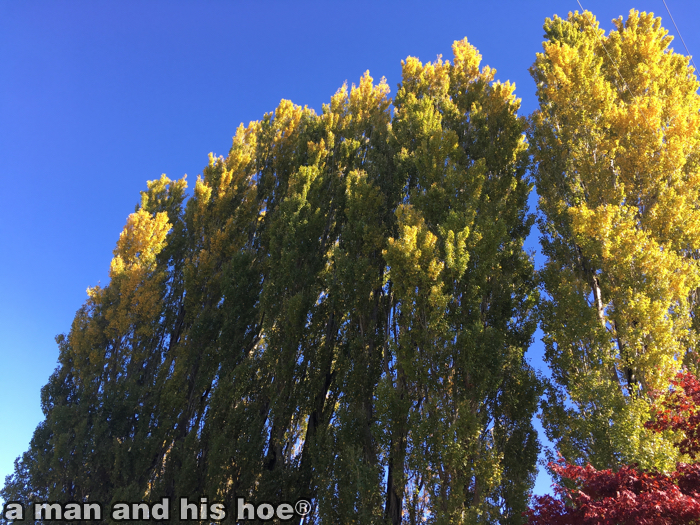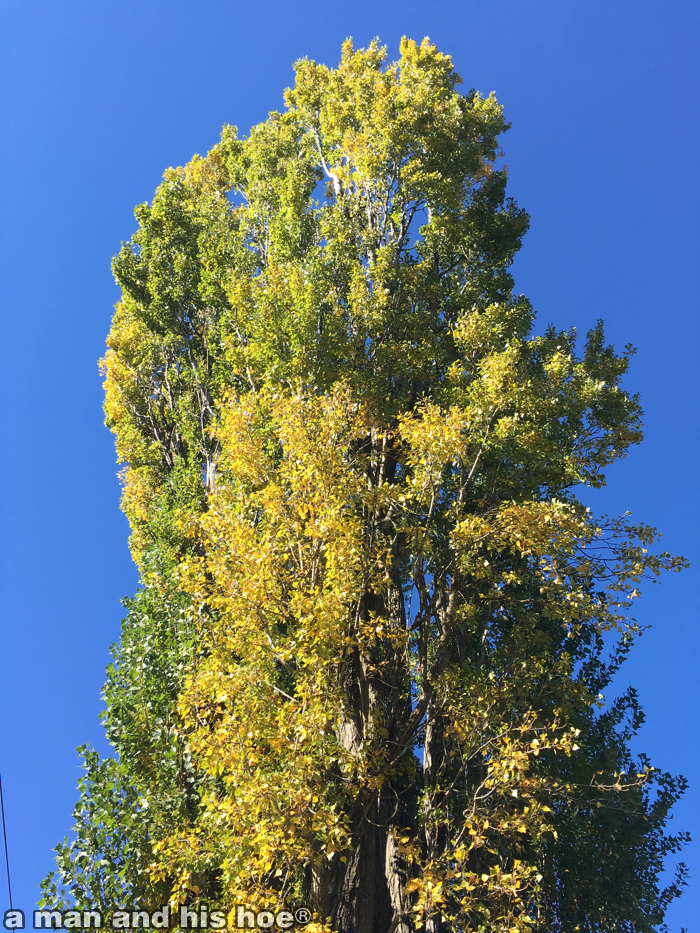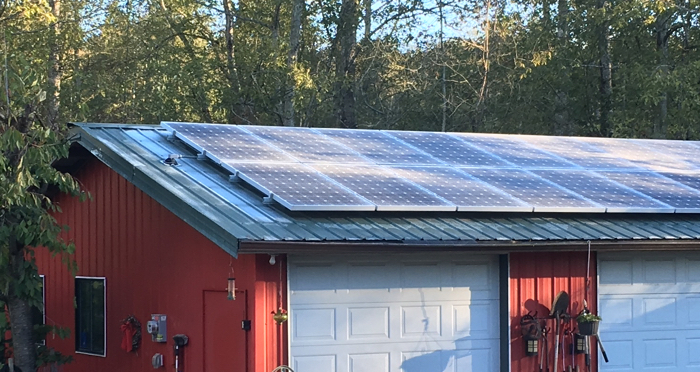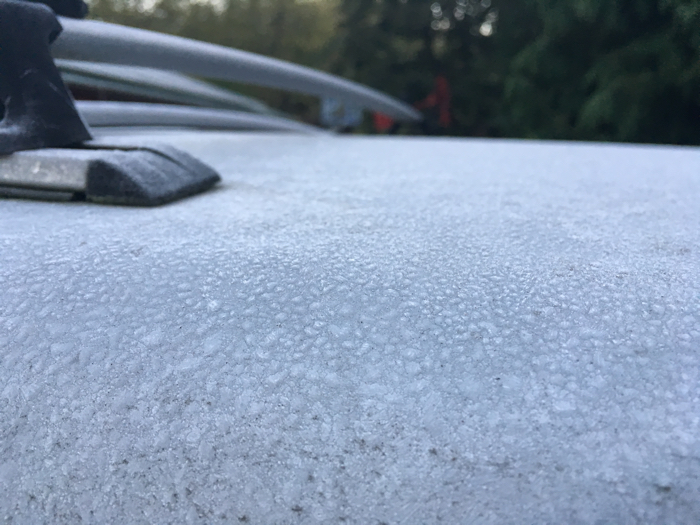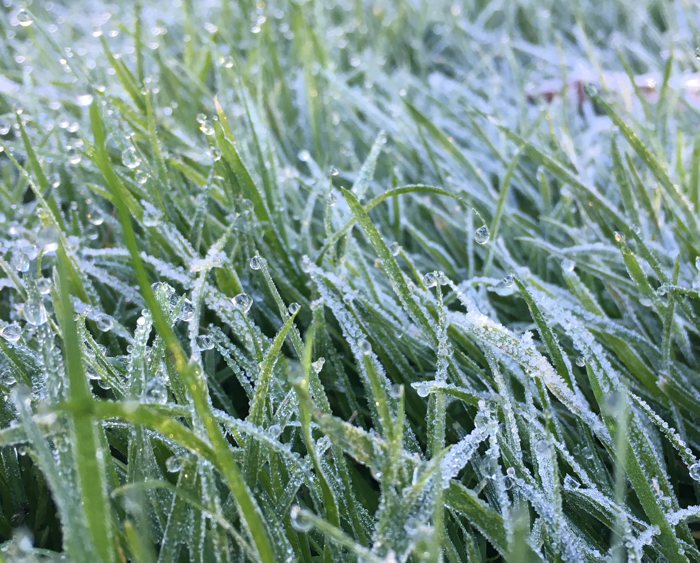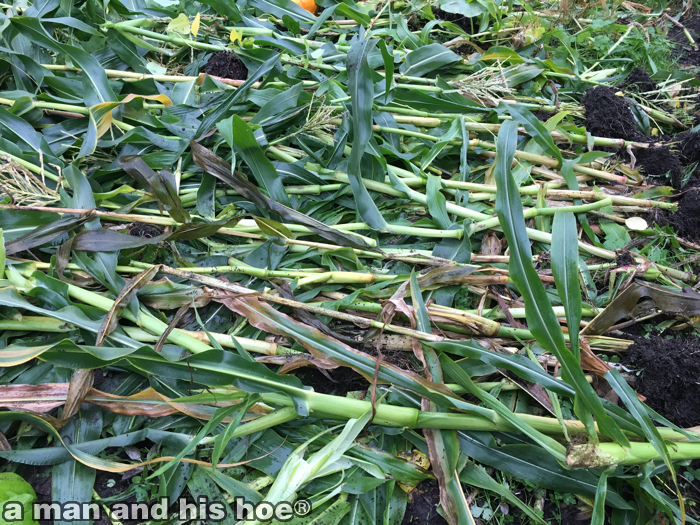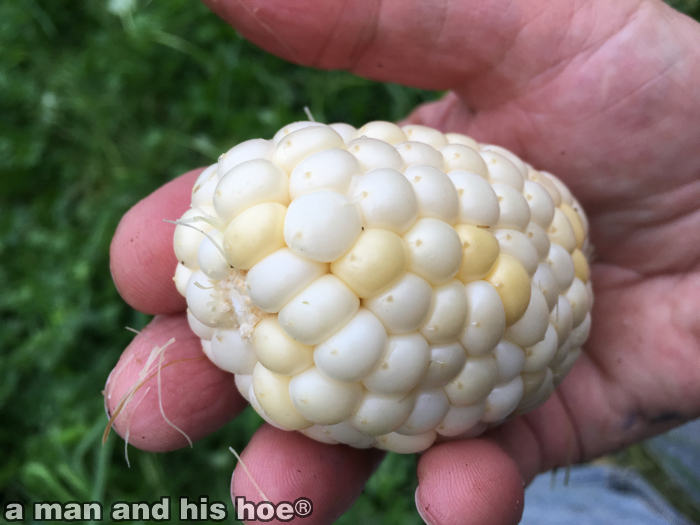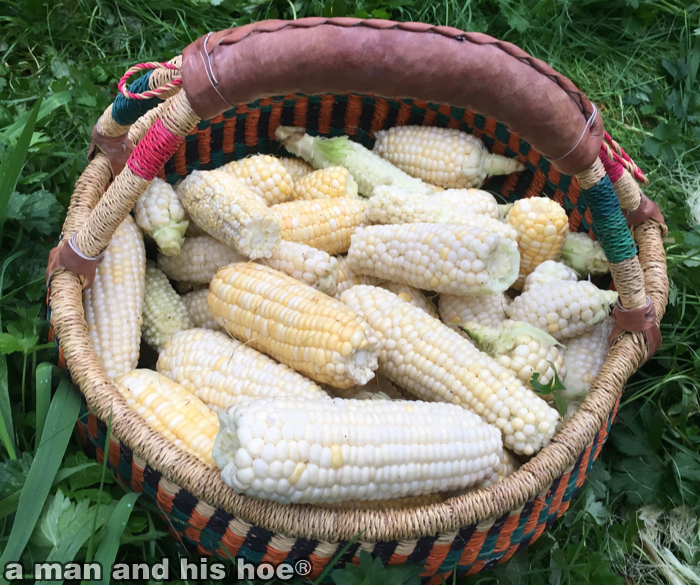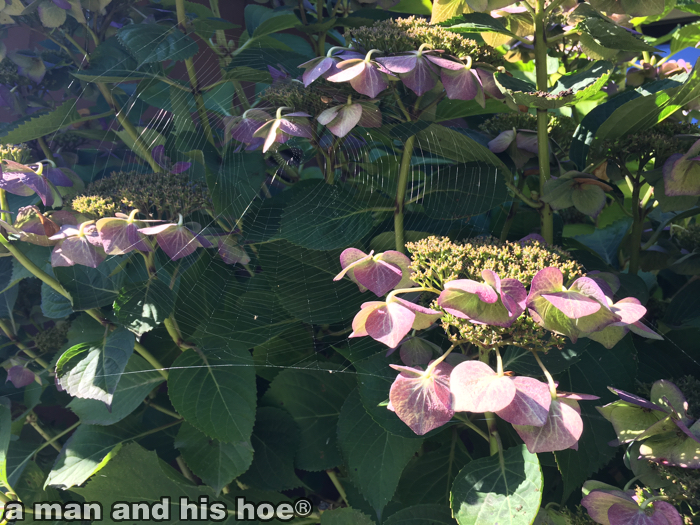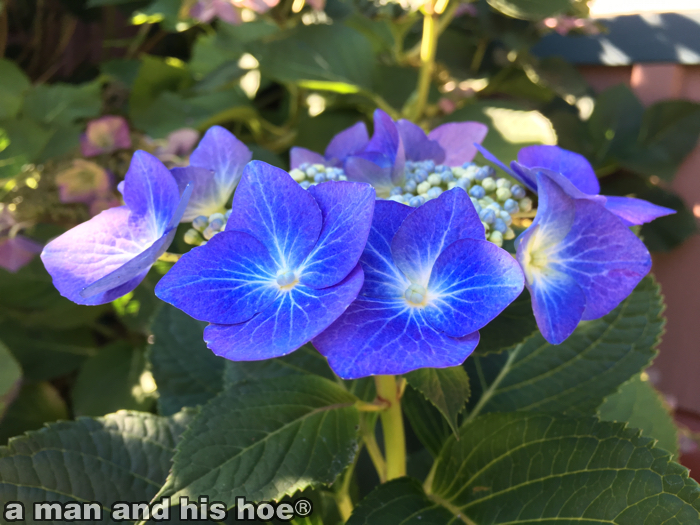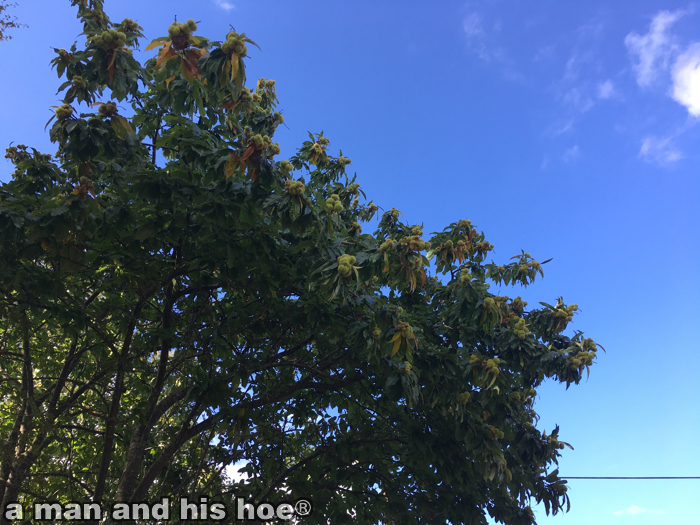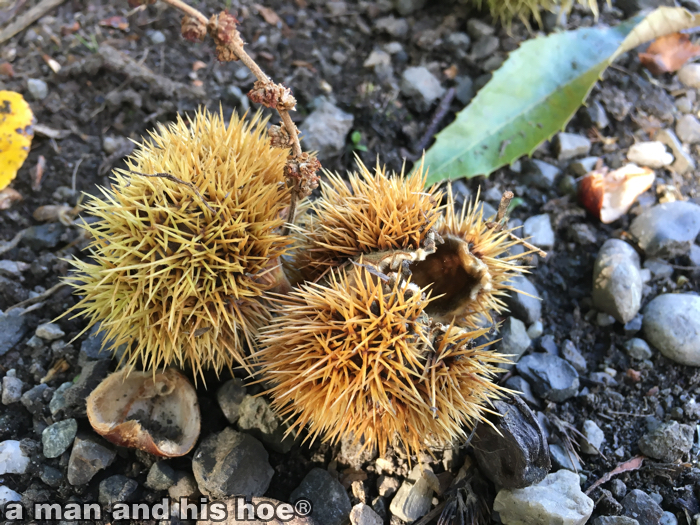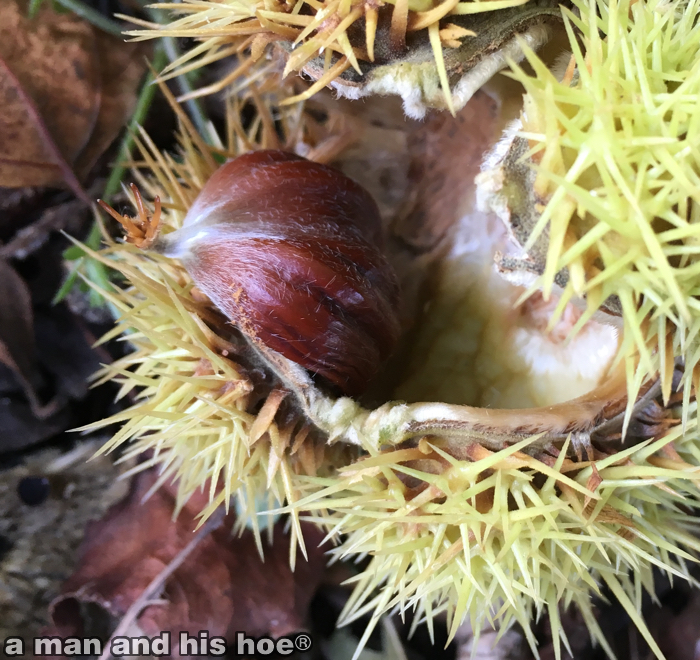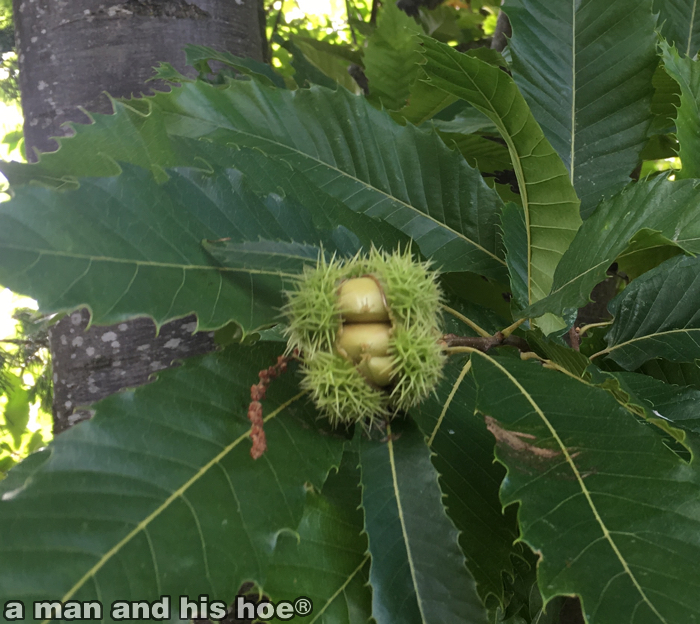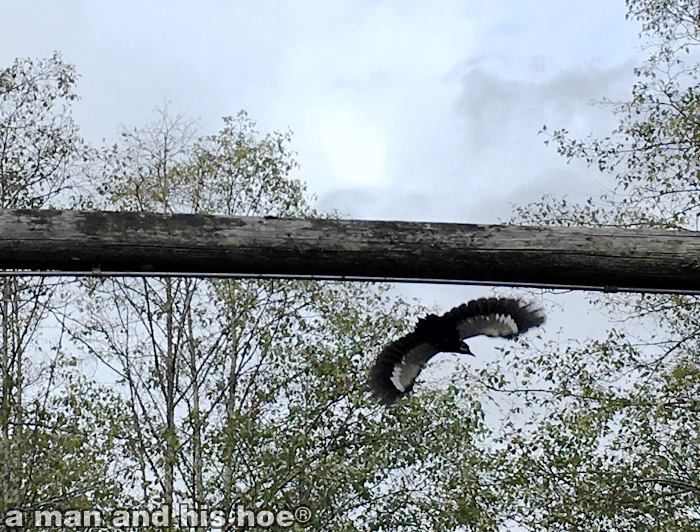
Who will harvest the apples? Us or the pileated woodpeckers? Pileated woodpeckers have spotted our apple trees. With the chickens pecking at the low hanging apples, and the pileated woodpeckers attacking the apples from the tops of the trees, we got busy and harvested the bulk of the apples.
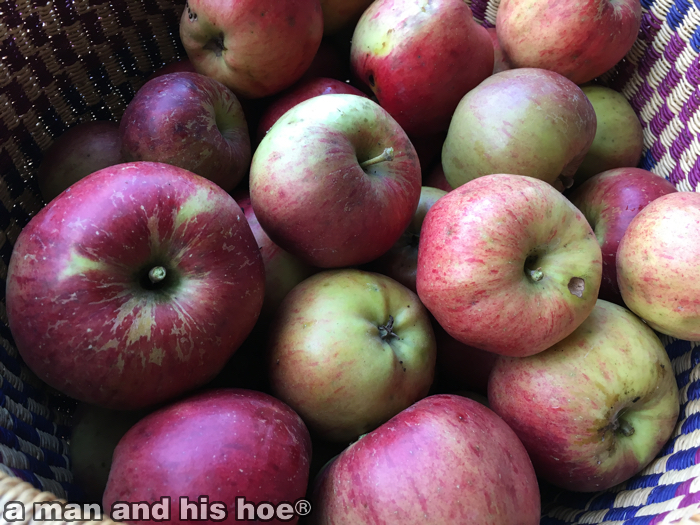
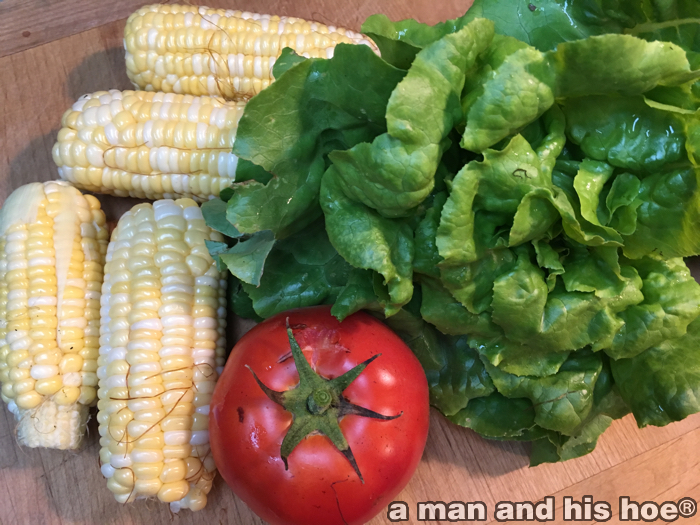
The notion of what is food has changed for me now that I’ve been growing vegetables for a handful of years. An ear of corn is much more than the kernels on the cob. It is the whole plant and the months and months of growing it took for the corn to form its ears. I can’t slice into a tomato without seeing the vine.
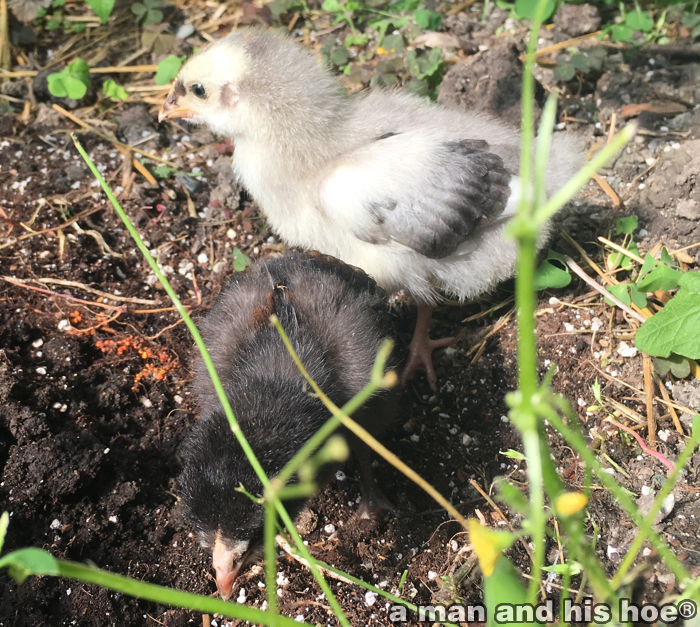
The personalities of these two little chicks couldn’t be more different. The gray one is shy. The dark one is outgoing and gorges itself on worms. But they are inseparable and constantly talking to each other.
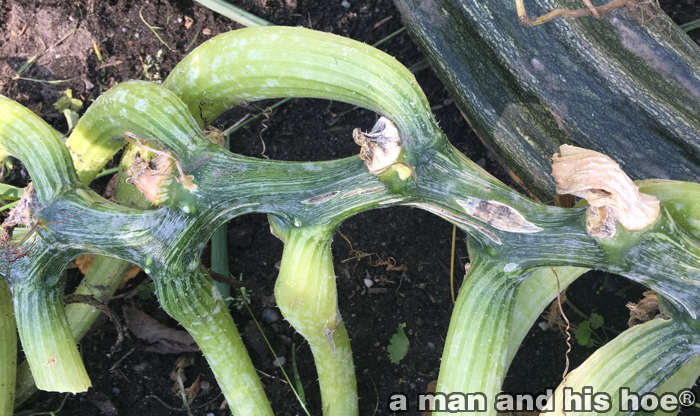
Left, right, left, right, it’s how the zucchini vine grows. During the spring and summer when its huge leaves hide the vine, the lovely pattern the vine makes is not apparent. But as it dies back, the zigzag of the vine is something to smile about.
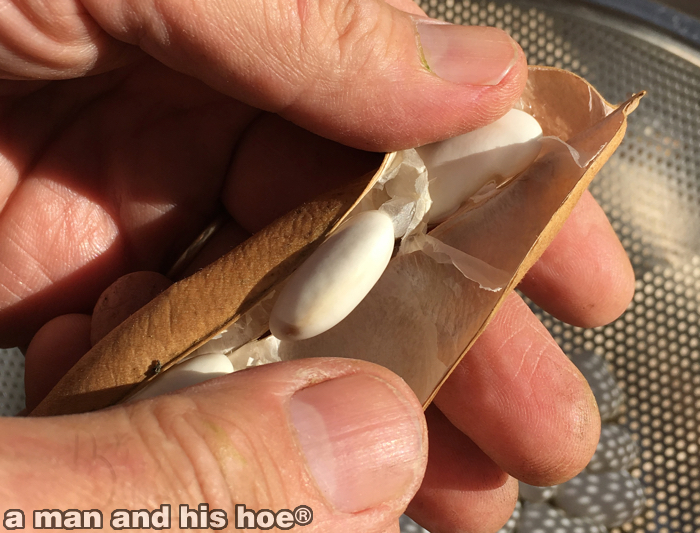
It’s also bean harvest time. Bean pods have this handy feature that makers of electronic and office goods need to mimic. Dry the bean pods, and when they are ready to open, they pop open with ease. There is no effort, and the snap the dry pods make as you open them is almost meditative. It’s something I could do for hours.
I’ve nearly stabbed myself to death trying to open some of the hard plastic wrappings around a pair of scissors or package of batteries. If you don’t have a scissors, knife, or chainsaw, how are you supposed to open these? How many people bleed to death after cutting themselves trying to open a package of batteries? Wouldn’t it be great if these wrappings would “dry out” once you brought them home, and pop open as easy as dried bean pods? Often nature has thought of a better way to do things. When it comes to packaging things, nature leads the way. And all of nature’s wrappings biodegrade. Many are even edible.
